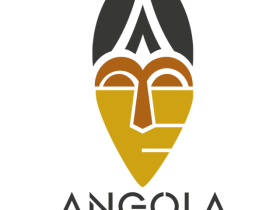
Azerbaijan’s Garment Industrys
Azerbaijan’s garment industry has seen steady development in recent years, driven by domestic demand, increasing fashion awareness, and efforts to diversify the country’s economy beyond oil and gas. Though not yet a global fashion hub, Azerbaijan has a long-standing tradition of textile craftsmanship and is working toward becoming a competitive player in the regional garment market.
Historical Background and Local Traditions
Textile production in Azerbaijan dates back centuries. Traditional garments like the chokha, arkhalig, and intricate embroidery designs reflect the country’s rich cultural heritage. These traditional elements have inspired many local designers who blend modern fashion with national motifs. Historically, Baku served as a trade center where textile and garment goods were exchanged, laying the foundation for today’s industry.
Current Industry Overview
The modern garment industry in Azerbaijan is relatively small but growing. It comprises various small and medium-sized enterprises (SMEs) focused on tailoring, knitwear, uniforms, and fashion clothing. Baku and Ganja are the main centers for garment production, where companies produce both for local consumption and limited export.
The government has identified the textile and garment sector as a strategic area for development, particularly under the non-oil economy diversification strategy. This includes investment incentives, tax benefits for local producers, and free economic zones to encourage industrial growth.
Domestic Brands and Fashion Scene
Azerbaijan has seen a rise in local fashion designers and clothing brands. Names like Gulnara Khalilova, Fakhriya Khalafova, and Khanim Latifova have contributed to the local fashion scene by presenting collections at international fashion weeks and integrating Azerbaijani culture into modern fashion. Events such as Baku Fashion Week promote local talent and highlight the industry’s potential.
Boutique stores in Baku are becoming more common, and online platforms are helping small brands reach wider audiences. However, competition from imported fashion goods, especially from Turkey, China, and Europe, poses a challenge for local producers.
Labor and Skills
The industry benefits from a relatively young workforce with growing interest in fashion and design. Educational institutions like the Azerbaijan State University of Culture and Arts and vocational training centers offer courses in textile and fashion design. However, there is still a skills gap in areas like mass production, quality control, and modern manufacturing techniques.
Challenges and Opportunities
Key challenges facing Azerbaijan’s garment industry include limited access to modern machinery, a lack of large-scale textile manufacturing facilities, and low export levels. High production costs and reliance on imported raw materials also hinder competitiveness.
Nevertheless, opportunities exist. Government support, regional trade agreements, and a strategic location between Europe and Asia make Azerbaijan a promising base for garment production and export. Initiatives to increase cotton production locally also aim to reduce dependence on imports and strengthen the textile supply chain.
Conclusion
While Azerbaijan’s garment industry is still developing, it holds promise due to cultural richness, growing local talent, and supportive government policies. With the right investments in infrastructure, training, and technology, Azerbaijan could establish a stronger presence in the regional and global garment markets. As fashion trends evolve and consumer awareness grows, the industry is poised to play a more significant role in the country’s economic diversification.


Leave a Reply